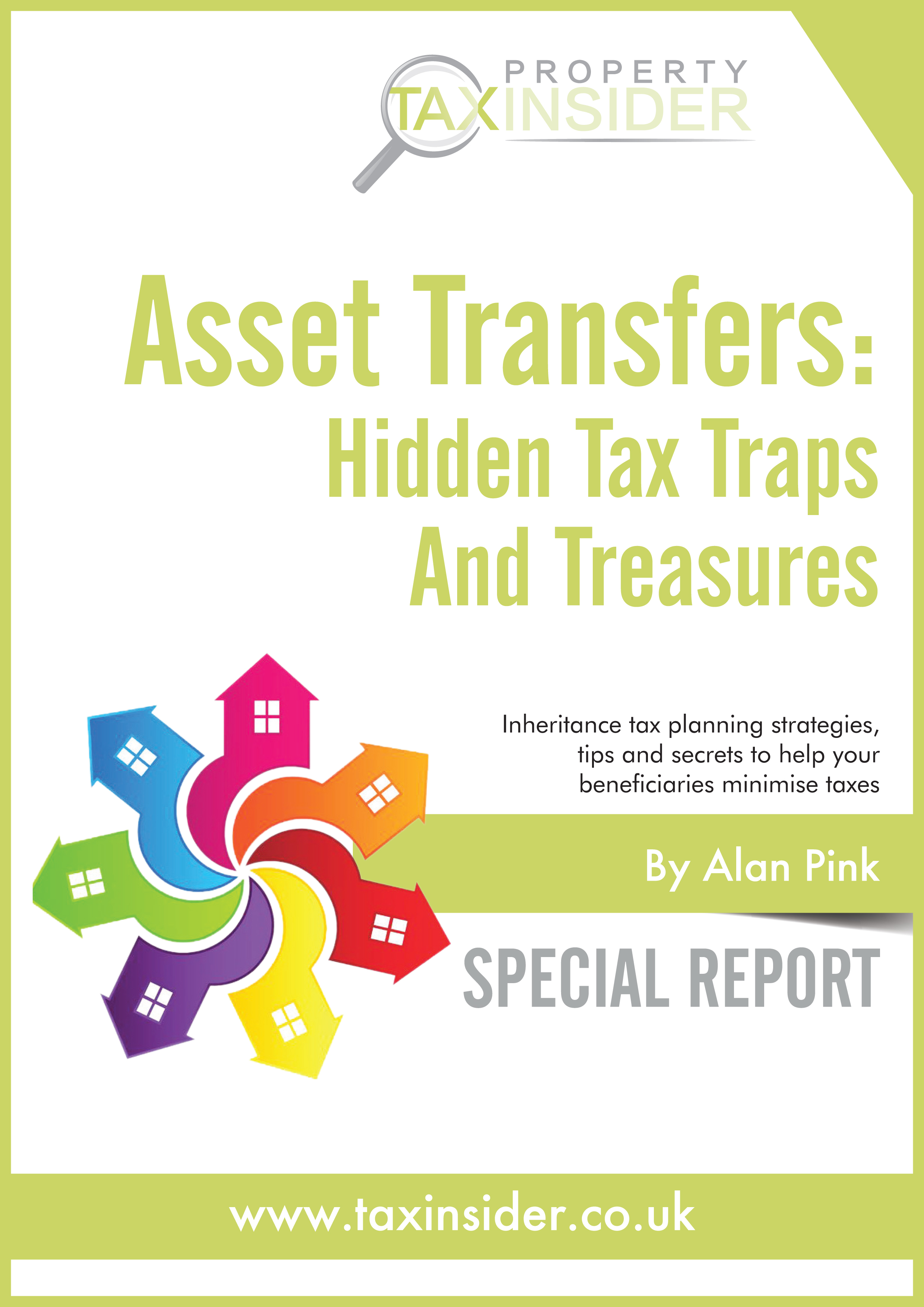

Limited Companies
Limited Liability Companies As Asset Protection
As far as business is concerned, the limited liability company is probably the original and oldest type of asset protection. Business, entrepreneurship, whatever you want to call it, is by definition a risky activity. Things can go badly wrong, and if there were no “ring fencing” between your business activities and the rest of your assets, a lot of people would think twice about going any further.
Of course, you could argue for hours about the rights and wrongs of a situation where a person can incur liabilities and then walk away from them if things go wrong. But there’s no doubt at all, we believe, that historically the invention of the joint stock company was a major step forward for the economy.
The previous method of several people trading in common, which of course still exists, was the ordinary partnership. The problem with partnerships, from our point of view, of course, is that all partners are liable for all of the partnership debts.
The great novelist, Sir Walter Scott, was a victim of this legal principle, when a firm he was invested in, but whose business he had little involvement with, went spectacularly bust due to a combination of events – a sort of “domino effect”. As a result, Sir Walter faced personal bankruptcy despite his immense personal wealth derived from decades of writing bestselling novels.
This is called the “joint and several liability rule”. If you’re a partner, you may find yourself meeting not just your share of the partnership debts, but all of them, if your other partners can’t pay.
As a business of any size will always involve a group of individuals, not just one, clubbing together, the situation becomes a real bar to enterprise. This is why the limited liability company was invented.
The basic rule is quite simple: people who club together to provide share capital to get a company going stand to lose the capital they have invested, if the company goes under, but no more. In some rare circumstances, you can have shares which are issued partly paid, and in the event of the company being wound up the amount which is not paid up on issued shares will be called on. Other than that, you can shrug your shoulders and move on, if you are the shareholder in a failed limited company.
As we say, the basic rule is simple. But lawyers wouldn’t be lawyers unless a whole raft of exceptions to that basic rule hadn’t been established.
Limited Liability: The Exceptions
In practical terms, probably the most frequent exception to the limited liability rule is where a director or shareholder of a company has personally guaranteed any of its debts. Personal guarantees are common in situations where the bank is lending to the company – because the bank has smart lawyers. It is particularly the case that a personal guarantee (PG) is likely to be expected where the bank doesn’t have a fixed charge securing its loan, over some property owned by the company. Where the loan is otherwise unsecured or secured, perhaps, on “floating” assets like stock and book debts, the bank is likely to want to be able to grab the directors’ houses as well. In order to get this security, they need PG’s from those directors. A second way in which outsiders can whisk away an individual’s protecting wall of limited liability is by invoking the rules of tort. For example, actions against others for negligence, as a result of which someone claims he has suffered loss, are actions in tort, and these tend to be taken out not just against the company but against the individual who was responsible for the claimed negligent acts.
Case Study: Medical Negligence
Doctors Akmed, Mohamed, and Thomas have all specialised in difficult brain surgery techniques for some years. In a recent move, they’ve decided they may be stronger together, and so have set up The Brain Clinic together. Their lawyer advises them to do this through a limited company, and of course, the Brain Clinic is massively insured in case things go wrong.
Doctor Thomas is operating on a patient one day and, tragically, his hand slips. As a result, the patient, who was a Premier League footballer, is unable to play ever again.
His “ambulance chasing” lawyers compute an eye-watering figure of lost earnings and send a claim into the Brain Clinic Limited, joining Doctor Thomas in as a co-defendant.
Due to the careless omission of Doctor Akmed, it just so happens that the medical insurance policy had expired at the date of the operation, and had not been renewed until a day or so later. So, this was an uninsured claim and results in the insolvency of the limited company, but also, more importantly, the personal bankruptcy of Doctor Thomas.
Doctors Akmed and Mohamed, on the other hand, walk away from the ruin of this business with their personal assets intact.
A third way in which creditors can try getting at the personal assets of those acting through a limited company is to invoke Wrongful Trading. We believe that this is still actually very rare in practice, however, there is no saying what is going to happen in the future. To take an extreme example, a criminal company director who is going around incurring liabilities which he never had any intention of paying, even when he incurred them, may well be proceeded against personally for wrongful trading. Hopefully, this is not a possibility which concerns our readers, and so we will move swiftly on!
When Can HMRC “Lift The Veil” Of Incorporation?
Fourthly there are limited circumstances – extremely limited – where a company’s PAYE and national insurance deductions can be claimed back from individual directors if the company doesn’t pay them.
Where a director of a company receives remuneration from that company, knowing that PAYE should have been deducted and has not been, then HMRC can issue a direction requiring him to pay over the deductions himself. This is clearly something which is likely to happen in the event of an insolvent liquidation of the company, owing HMRC the PAYE.
But if you look closely at the wording of this, you will see that there are likely to be very few circumstances, in reality, where HMRC can actually invoke this rule.
For a start, it only applies where the company hasn’t deducted the tax. Where it has deducted the tax, but simply hasn’t paid it over, there is no recourse against the individual.
Also, there are sometimes cases where there is a dispute as to whether a particular payment should have had PAYE attached to it. Perhaps the director took the money without really clearly deciding, at the point of banking it, whether he was going to call it remuneration, dividends, or loan. If you think about it, in this situation the director can’t have “known that PAYE should have been deducted”, because it was actually his personal view, whether right or wrong, that PAYE wasn’t due in any event.
There are also circumstances, also limited in practice to only a few situations, where HMRC can chase individuals for unpaid corporation tax. This exception was introduced comparatively recently, to counteract a specific form of tax avoidance (or perhaps the word “evasion” might be more appropriate.) Nevertheless, it could apply in situations where a less cynical approach is being taken by the individuals concerned. Where a company changes hands and there are corporation tax liabilities left unpaid, HMRC can pursue the individuals. Therefore, it’s important that this potential problem is very clearly recognised and allowed for in any contract for the sale of a company’s shares.
 This is a sample extract from the report Asset Transfers: Hidden Tax Traps and Treasures, published by TaxInsider.co.uk.
This is a sample extract from the report Asset Transfers: Hidden Tax Traps and Treasures, published by TaxInsider.co.uk.



Please register or log in to add comments.
There are not comments added